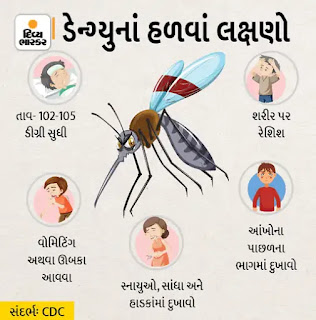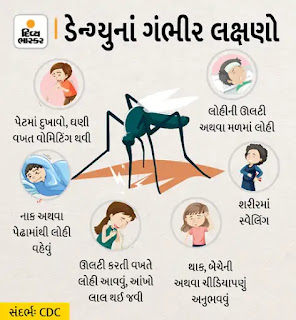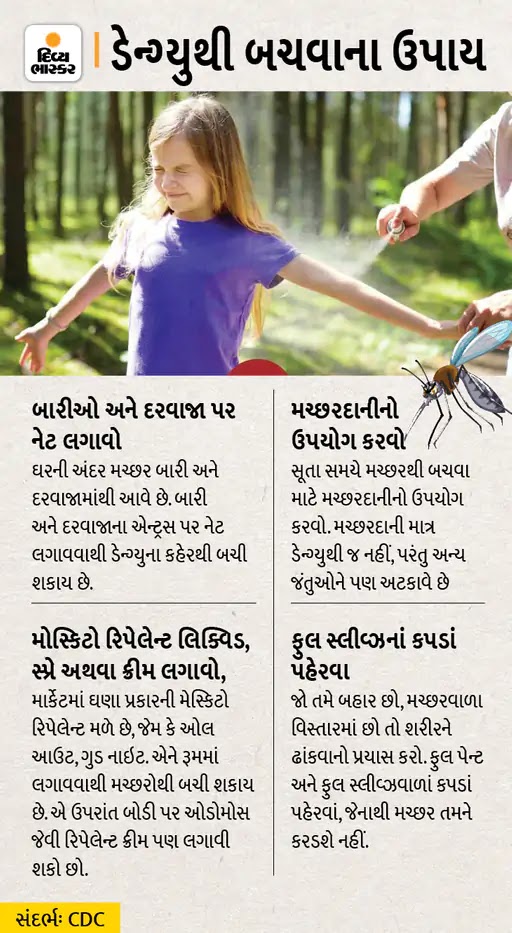How To prevention and Control From Dengue and Chikungunya
About Dengue::::
Dengue fever is a mosquito-borne tropical disease caused by the dengue virus.Symptoms typically begin three to fourteen days after infection. This may include a high fever, headache, vomiting, muscle and joint pains, and a characteristic skin rash. Recovery generally takes two to seven days.In a small proportion of cases, the disease develops into severe dengue, also known as dengue hemorrhagic fever, resulting in bleeding, low levels of blood platelets and blood plasma leakage, or into dengue shock syndrome, where dangerously low blood pressure occurs.
Key facts About Dengue
- Dengue is a mosquito-borne viral infection.
- The infection causes flu-like illness, and occasionally develops into a potentially lethal complication called severe dengue.
- The global incidence of dengue has grown dramatically in recent decades. About half of the world's population is now at risk.
- Dengue is found in tropical and sub-tropical climates worldwide, mostly in urban and semi-urban areas.
- Severe dengue is a leading cause of serious illness and death among children in some Asian and Latin American countries.
- There is no specific treatment for dengue/ severe dengue, but early detection and access to proper medical care lowers fatality rates below 1%.
- Dengue prevention and control depends on effective vector control measures.

Prevention and control
- At present, the main method to control or prevent the transmission of dengue virus is to combat vector mosquitoes through:
- preventing mosquitoes from accessing egg-laying habitats by environmental management and modification;
- disposing of solid waste properly and removing artificial man-made habitats;
- covering, emptying and cleaning of domestic water storage containers on a weekly basis;
- applying appropriate insecticides to water storage outdoor containers;
- using of personal household protection measures, such as window screens, long-sleeved clothes, repellents, insecticide treated materials, coils and vaporizers (These measures have to be observed during the day both at home and place of work since the mosquito bites during the day);
- improving community participation and mobilization for sustained vector control;
- applying insecticides as space spraying during outbreaks as one of the emergency vector-control measures;
- active monitoring and surveillance of vectors should be carried out to determine effectiveness of control interventions.
IMPORTANT LINK::::
DOWNLOAD DENGUE PDF FROM HERE
Key facts Of Chikungunya
Chikungunya is a viral disease transmitted to humans by infected mosquitoes. It causes fever and severe joint pain. Other symptoms include muscle pain, headache, nausea, fatigue and rash.
Joint pain is often debilitating and can vary in duration.
The disease shares some clinical signs with dengue and zika, and can be misdiagnosed in areas where they are common.
There is no cure for the disease. Treatment is focused on relieving the symptoms.
The proximity of mosquito breeding sites to human habitation is a significant risk factor for chikungunya.
The disease mostly occurs in Africa, Asia and the Indian subcontinent. However a major outbreak in 2015 affected several countries of the Region of the Americas.



No comments:
Post a Comment